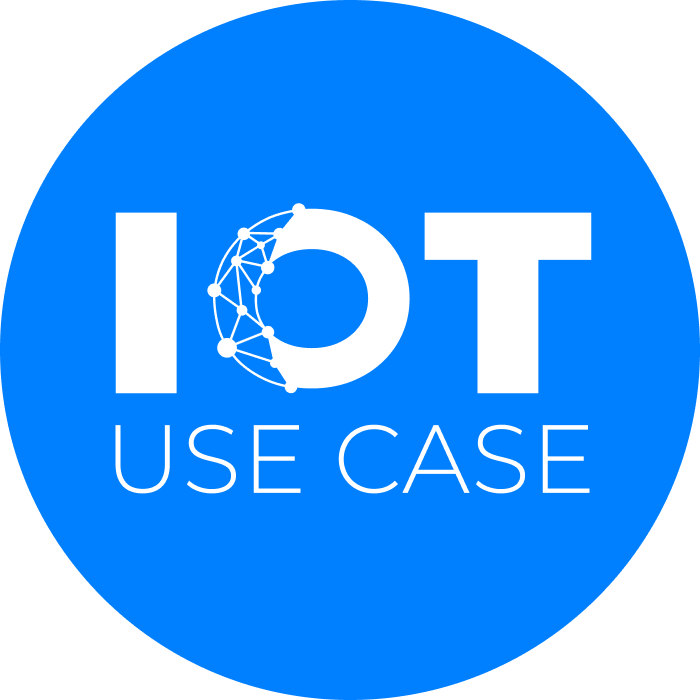Manual labor is still very important in the apparel industry today and is difficult to automate. That’s why digitalization looks different in this industry: Digital technologies support employees in improving their work performance. This helps management to optimize processes.
The challenge: Digitalization must take into account manual labor in the textile industry
Manufacturing in the textile industry has a high proportion of manual work. Sewing and ironing in particular are activities that are difficult to automate. Cutting, on the other hand, has been done automatically for years. In this process, several layers of fabric are laid on top of each other and processed in such a way that as little waste as possible is produced.
The other steps in a textile factory are less automated. This makes it easy to make buttonholes and sew on buttons with sewing machines. But manual labor is still necessary. However, there has been a trend for years to optimize the machines with handling and guiding aids for repeatable quality and the most streamlined operation possible.
However, it is hardly possible to increase the working speed much. There are limits to this: Manual work can hardly be performed twice as fast as usual, improvements are usually in the range of a few percent. But there are ways to increase the efficiency of the individual work steps anyway. For example, experienced group leaders often notice that individual members of their team perform certain work steps better than others. This gut feeling can be backed up with precise measurement results through digitalization.
The solution: A digital twin that takes manual processes into account
For such measures to work, the machines in the textile industry must also be networked. The specialist for such measures is Joachim Hensch Consulting, a lean and digitalization consultant for textile manufacturing. In a pilot project for the digitalization of a textile factory, he introduced technological concepts from Industry 4.0.
An important element here is the collection of machine data, for example in the cutting machines from Bullmer or Gerber. These cutters are at the beginning of the entire process chain, so a failure can have significant economic consequences. A textile manufacturer can use “machine monitoring” to permanently monitor the cutters and detect malfunctions or failures – for example, due to unsharp or broken knives. For this purpose, temperature and vibration are recorded and analyzed for signs of problems. In this way, the Industry 4.0 solution detects malfunctions at an early stage and significantly reduces downtime.
Because of the great importance of manual labor, process data is also incorporated into the solution in addition to this machine data, for example the time for certain work steps and (via cameras) the sequence of hand movements. The primary goal is to obtain as much data as possible to analyze how humans and machines work together.
From all the data obtained, Joachim Hensch has built a digital twin of the textile factory, an important aid in analyzing the processes. The results of the data collection appear in a dashboard that also shows, for example, the work performance of individual employees. But this transparency doesn’t just apply to management; every employee can access their own data. This makes it possible to train employees to improve work performance.
In addition, the application can predict with over 85 percent probability which employee will make which mistakes. The textile factory has therefore incorporated error prevention through forecasting into human resource management. Employees are also informed about this and given the opportunity to practice the relevant work steps in order to avoid mistakes.
The result: Digitalization helps employees perform at their best
In the textile industry, a lot depends on the employees. Therefore, it makes sense to enable everyone to perform at their best in their workplace. Since they receive a premium wage, there is additional intrinsic motivation to improve in individual work processes.
The data presented on employee tablets is objective feedback, unlike a supervisor’s opinion. Employees then automatically select the training courses that are suitable for them and check their success using their tablet. This has reduced the importance of “micromanagement”; employees manage themselves.





